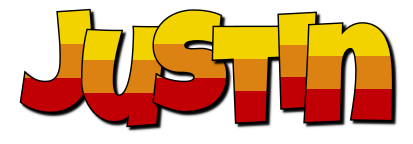Plaque engraving is a method of writing or printing words, patterns, images, and other designs onto the surface of a plaque using a burin or sharp tool that removes small amounts from opposite sides of the surface. Engravings are usually used as a form of artistic expression or as a way to decorate items.
Prepare the Design
Plaque engraving is done by hand, but sometimes with a CNC machine or laser. The first step is to create a design on paper, which will be transferred to the engraving plaques. Some designs can be created and cut directly into the material of the plaque, but most must be transferred to the plaque first.
Designers often use computer programs to draw their designs and then transfer them onto paper. After drawing the design, transferring follows to a material that can hold the ink. Files with designs are given to the manufacturer. The manufacturer does the engraving by hand or with a machine. When a machine is in use, it will engrave many designs from the same file at one time.

Load the Award for Engraving
The best way to begin a plaque engraving is to load the award for engraving. Plaques come in three basic sizes, but some are custom-made for unique projects. Plaques consist of two parts: the planchet and the mount. The planchet is the piece of metal (or other material) on which the inscription is engraved, and it is the part that will be mounted on an easel or wall.
The mount is an ornamental border that separates the planchet from its surroundings; it can be made from wood or metal and can be shaped in many ways, including circular and square. The mount adds a lot of style to a plaque.
Turn on the Machine
The most common way to engrave a plaque is with a CNC machine. A CNC, or computer numerical control, the machine is a machine that can be programmed to complete mechanical tasks. The CNC machine moves the cutting tool in a programmed pattern over the planchet until the words or images of the design are cut into it.
The CNC machine starts by using a drill bit to make a hole at each point where an engraving will be made. These holes keep the burin from digging too deeply into the plaque and ensure that each design part will have even pressure on it when being engraved. Usually, award plaques are huge, so the CNC machine uses clamps to hold them in place.
Shine It Up
The next step is to engrave the design onto the plaque. The CNC machine moves the tool along the plaque’s surface, making a series of tiny cuts at each point until it has wholly engraved all of the words or images. This process can take many hours, depending on several factors, including how deep into the planchet each word or image will be cut and how much work needs to be done in engraving one design compared to another.
Each part of a plaque engraved is called a “polisher.” The polishers are removed from the plaque after it has been finished. Replacing protects them from heat damage while waiting to be mounted on an award.
Present the Plaque
After all the engravings, the plaque is cut off and mounted on a separate piece of wood or metal. This piece is referred to as a “stylus” and is usually about three inches tall. The plaque is then ready to be presented. Uses include honoring an individual or placing on a wall or an easel are some of the uses of plaques.
Pack and Ship
The plaque is packaged in a way that protects it during transit. The package can also protect the plaque when it is being presented at an awards ceremony. A cardboard box is wrapped around the plaque and sealed with packing tape. The package also includes instructions on how to engrave the plaque.
Closing Thoughts
A plaque engraving is a creative way to honor an individual or recognize someone for a remarkable achievement. It is also very time-consuming and can be expensive and labor-intensive. But if you are looking for something unique, plaque engraving might be the process for you. If you need some ideas, it’s always best to share with others or ask them what they have done.
Read Also
